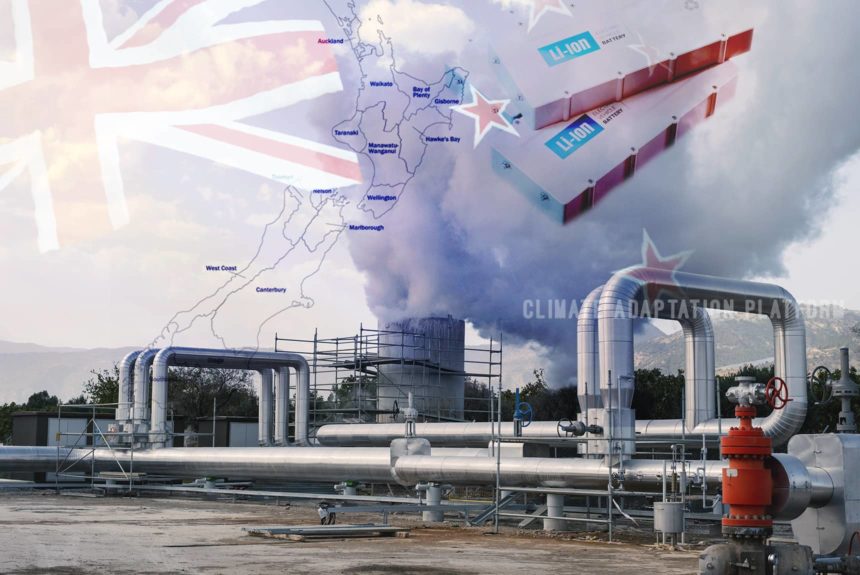The New Zealand government invested in a sustainable technology that extracts lithium from a geothermal liquid.
Geo40, a company that developed lithium-extraction technology, has received a $15 million grant from the government for its silica extraction business in 2019. The Taupō company has made a breakthrough in extracting near battery-grade lithium from the same geothermal fluid it claims could be a game-changer (Flaws, 2019).
Flaws (2019) reports that the government has thrown additional support to the company for $2 million.
The commercial demonstration plant at Contact Energy’s Ohaaki geothermal power station was initially built to extract silica, a mineral abundant in geothermal brines. Silica has to be removed first before lithium in the brine can be extracted.
Stuff reports that Economic and Regional Development Minister Stuart Nash describes lithium as New Zealand’s “white gold”, and the government’s investment can help the company scale up its lithium recovery technology to meet future demands (Martin, 2022).
Nash says:
“EVs are expected to account for more than half of new car sales in the Northern Hemisphere by 2030.”
“Overseas, traditional ways of mining lithium leave a heavy carbon footprint.”
“In contrast, the Geo40 programme involves new technology to sustainably recover lithium from geothermal brine and return the water to the geothermal field.”
“If we can successfully build up Geo40’s green technology to commercial scale, New Zealand could become an international leader in technology for the sustainable supply of lithium and help to build lasting action on climate change.”
Lithium extraction from Geothermal Liquid vs the Salt deserts in South America
In South America’s lithium-rich Atacama Dessert, lithium comes from its salt desserts where salty groundwater is pumped to the surfaces and left to evaporate from large surface basins, leaving residual salts that contain lithium. The process is cheap and effective but heavily consumes water in a region where water is precious.
In Australia, lithium is mined by open pits, which generate pollution and waste and affect groundwater in aquifers.
Extracting lithium from geothermal fluids is sustainable because this element is only extracted from the by-product of the geothermal plant – the geothermal brine used to turn the turbines to generate electricity from the Earth’s heat. Geothermal electricity production is itself is a renewable, weather-independent and carbon-free process.
Producing lithium from a geothermal liquid is a sustainable and environmentally-friendly way to supply demands for lithium batteries necessary to manufacture electric vehicles and generate renewable and low-carbon electricity from geothermal plants.
Sources:
Flaws, B. (2019, November 25). Taupō company successfully extracts lithium from geothermal fluid. Suff. Retrieved from https://www.stuff.co.nz/business/117664525/taup-company-successfully-extracts-lithium-from-geothermal-fluid
Martin, M. (2022, February 22). New sustainable lithium extraction tech could be New Zealand’s ‘white gold’ – Nash. Stuff. Retrieved from https://www.stuff.co.nz/national/300523734/new-sustainable-lithium-extraction-tech-could-be-new-zealands-white-gold–nash
Government invests in game-changing lithium recovery technology at Ohaaki near Taupō. (2022 February 22). NZ Herald. Retrieved from https://www.nzherald.co.nz/rotorua-daily-post/news/government-invests-in-game-changing-lithium-recovery-technology-at-ohaaki-near-taupo/NESLVF7ZGNW566GZSSMAMQ5FKY/
Can Geothermal Energy Solve the Lithium Shortfall? (2021 October 18). Office of Energy Efficiency & Renewable Energy. Retrieved from https://www.energy.gov/eere/geothermal/articles/can-geothermal-energy-solve-lithium-shortfall



Leave a Reply